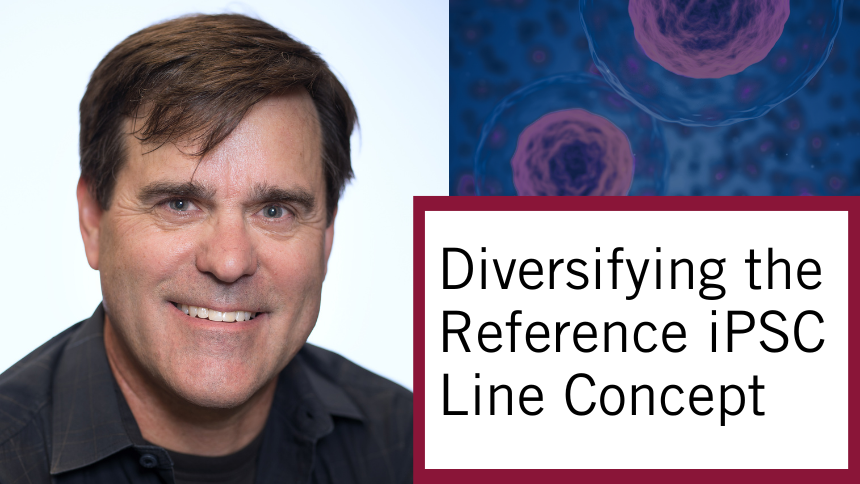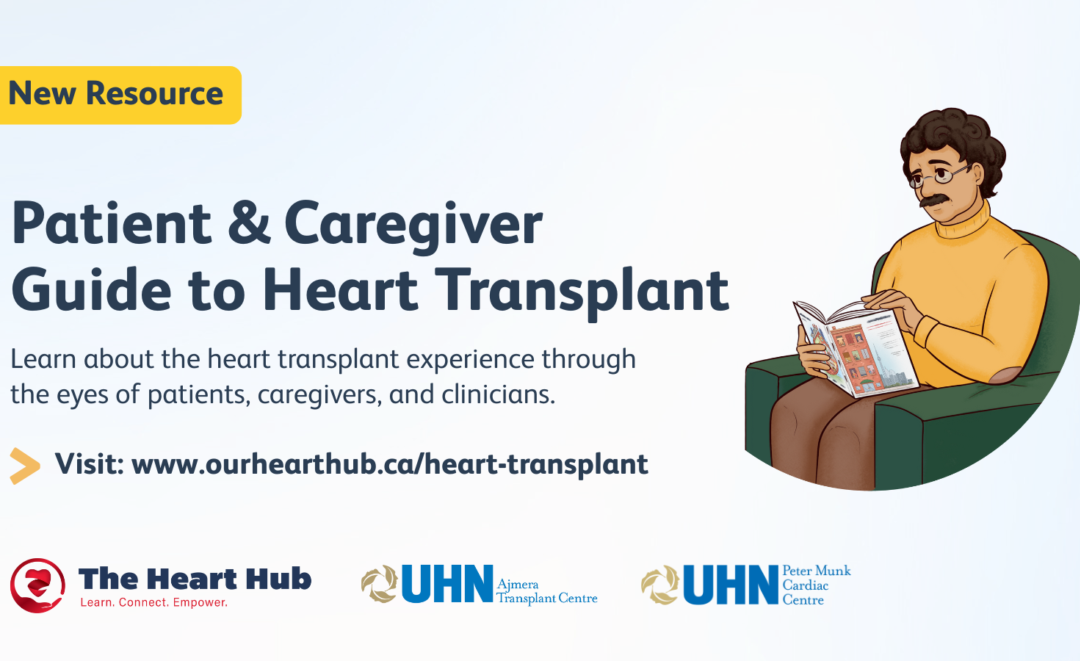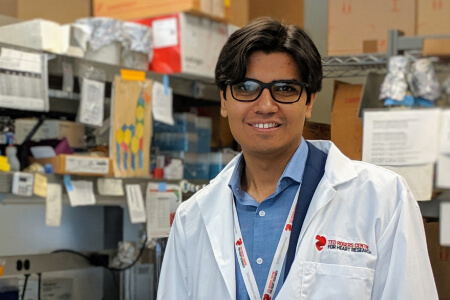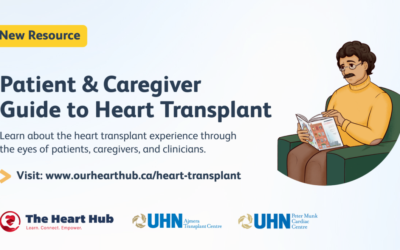Through gap junctions, cells in the heart communicate with each other, transmit electrical currents, and contract in unison. These junctions, these tunnels, ensure a stable cardiac rhythm. When gap junctions are not functioning properly, arrhythmias can set in, along with cardiomyopathy (abnormal heart muscle) and can predispose someone to conditions of life-threatening heart failure.
The recipient of a 2015 Ted Rogers Centre for Heart Research education grant, Jun Liu (PhD, University of Toronto) has built a special robotic injection system that measures to see if the gap junction is working well, as well as tests potential treatments for those that aren’t.
With tremendous precision, one can use Liu’s robot to inject cells with a mouse click. Fluorescent dye and how it travels among the cells illustrates how well the gap junction is permitting cell-to-cell communication. It is a with nearly a 100% success rate.
Injecting 1,000 cells an hour
The key is off-the-charts efficiency. In the literature, Liu found no instance of injecting even 100 cells in one hour. His machine: over 1,000 cells an hour. This means you can analyze gap junction far more quickly – and screen drugs that could be effective with far greater expediency.
“You can understand how gap junction works and other groups in the Ted Rogers Centre for Heart Research can use this system to quickly test other ideas,” said Liu, for whom this is his first grant. “Here we can screen drugs to see if they work on the gap junction. There are over 2,000 drugs that could work but we don’t know which are the best, at what dosage. We are testing them now.”
For that he is working with a supervisor, Dr. Robert Hamilton at SickKids. Dr. Hamilton says that while cardiomyopathies can be traced to genetic mutations, a common factor for those causing arrhythmia is gap junction dysfunction.
“A measure of gap junction function is important to understand the arrhythmia potential of these various cardiomypathic conditions, and will be crucial to screening compounds that can improve conduction in the heart,” Dr. Hamilton said.
For Liu, it is a chance to bring his research from the paper to the real world – for cardiovascular researchers to make discoveries and to help patients. At the same time, he can study cell biology and use that knowledge to develop ever more sophisticated robotic equipment.
“The interdisciplinary nature of the Centre is its true value,” Liu said. “Without this, my research is just sitting in the lab. It won’t go to other researchers, to pharmaceutical companies, to patients.”
Liu’s supervisors for this project are Dr. Hamilton of SickKids and Professor Yu Sun of the University of Toronto.
















